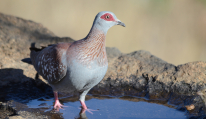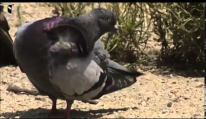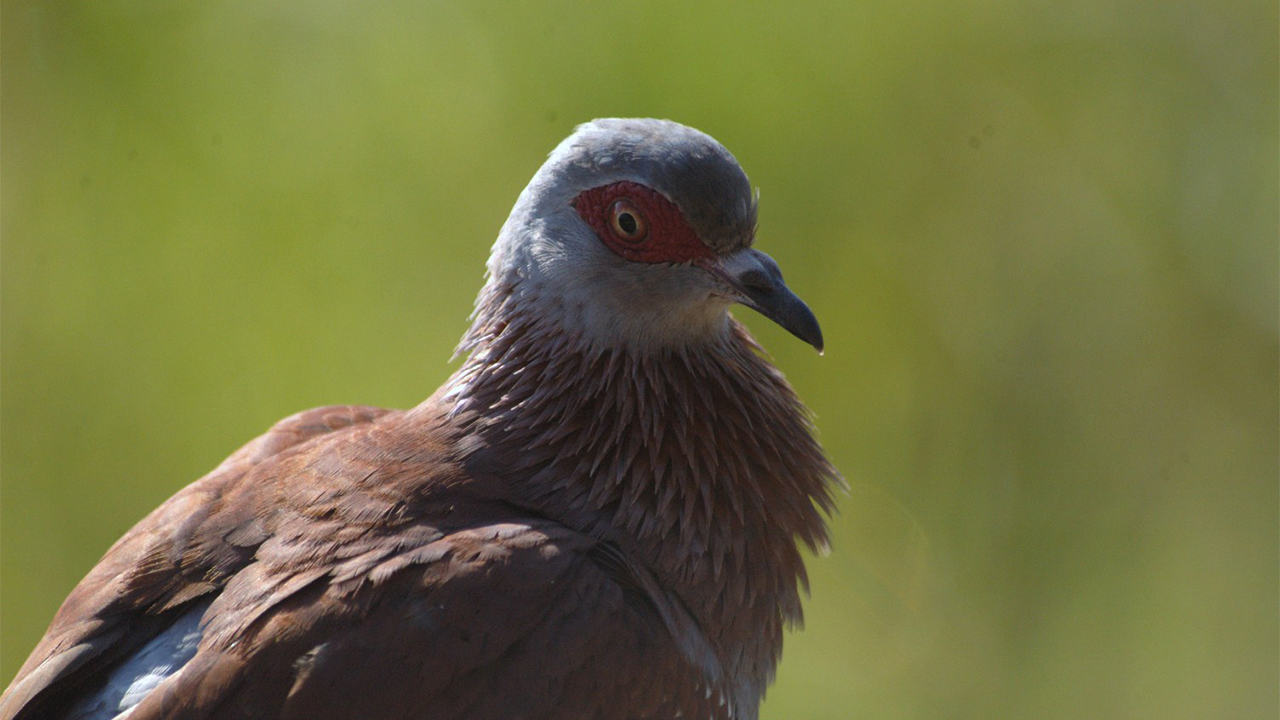Social Structure
Speckled pigeons gather to feed in flocks that may number in the hundreds. They breed in every month and sometimes nest in colonies.
Communication
The speckled pigeon utters a loud, cooing doo doo doo or whu whu whu whu-WHU, sometimes sounding like whooo are youuu.
Behavior
They are usually seen in pairs, walking or running, but they may form into large, noisy flocks, especially when feeding.
Diet
Speckled pigeons feed mainly on grains and groundnuts but will sometimes add winged termites and other insects. These birds eat throughout the day.
Breeding
A pair of speckled pigeons builds a nest on the side of a cliff, in a tall tree, or on a building. The female usually lays two eggs, which hatch in about two weeks.
Population in Kenya
Speckled pigeons inhabit western Kenya, preferring open country with cliffs. Populations also flourish in some towns and cities.
Range & Habitat
Speckled pigeons are found throughout sub-Saharan Africa in grasslands, farmlands, and cities.














